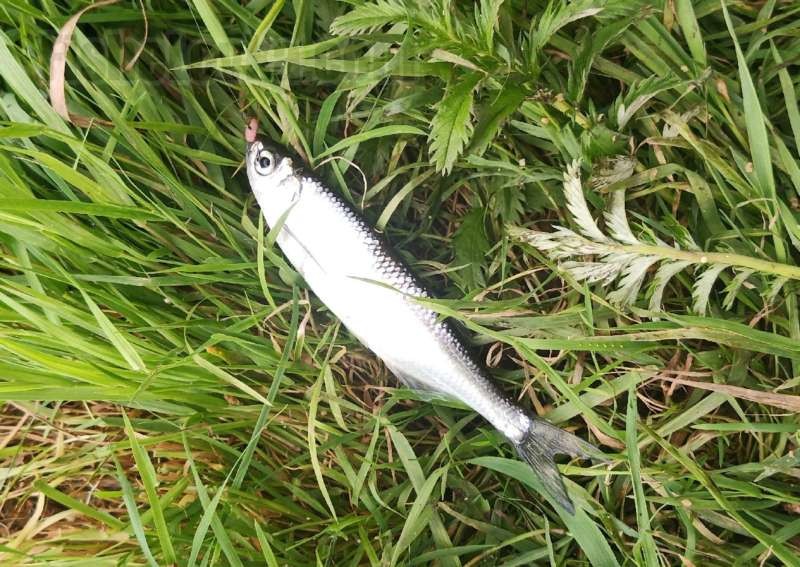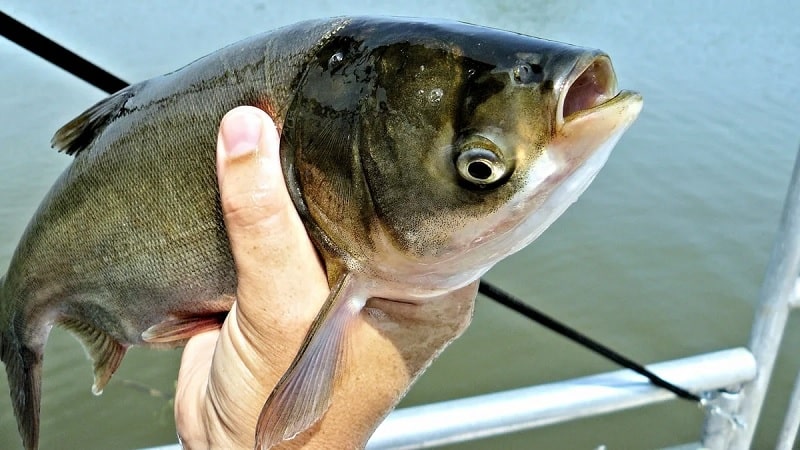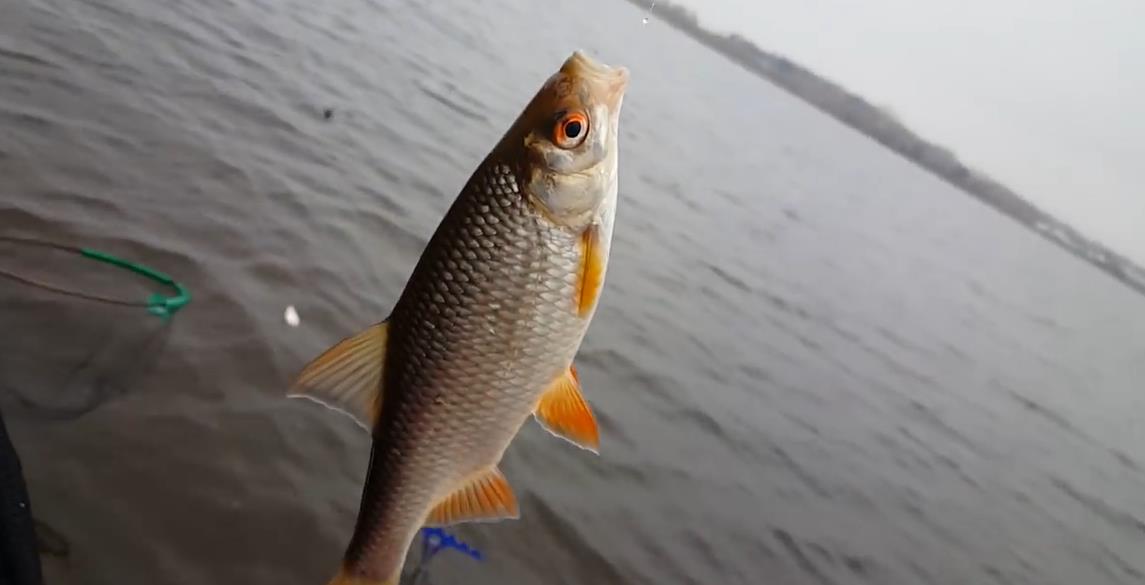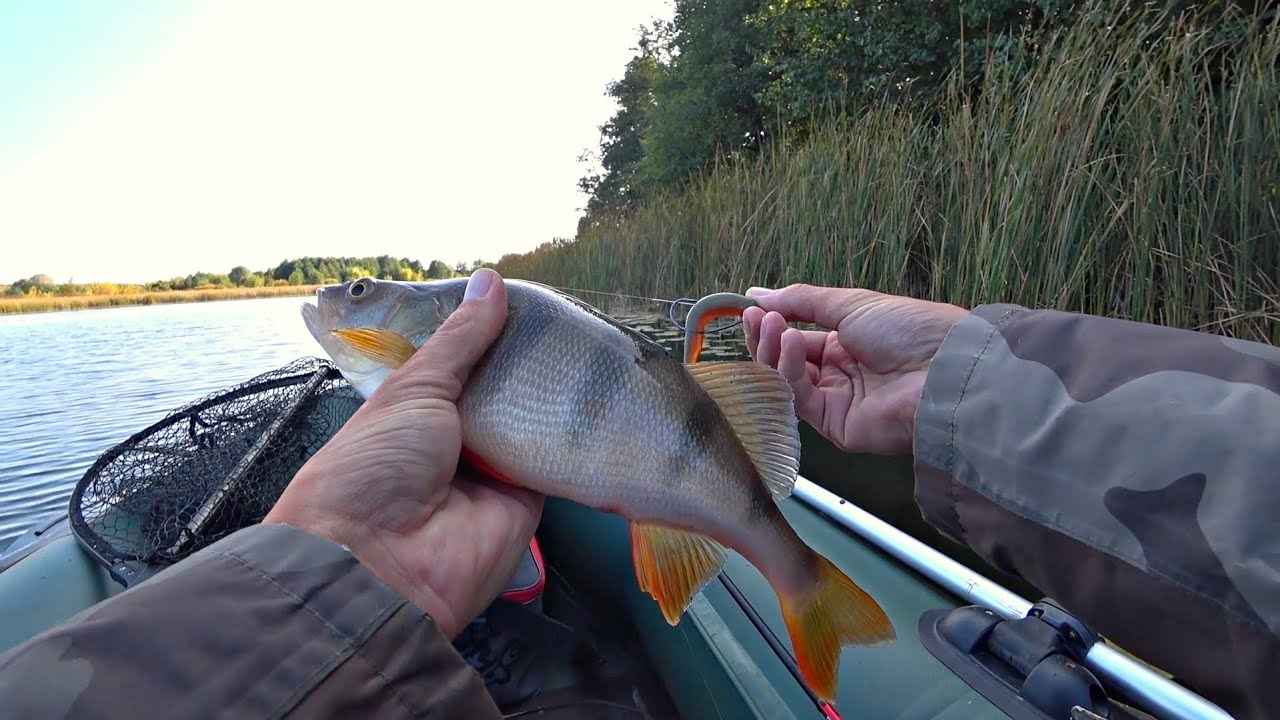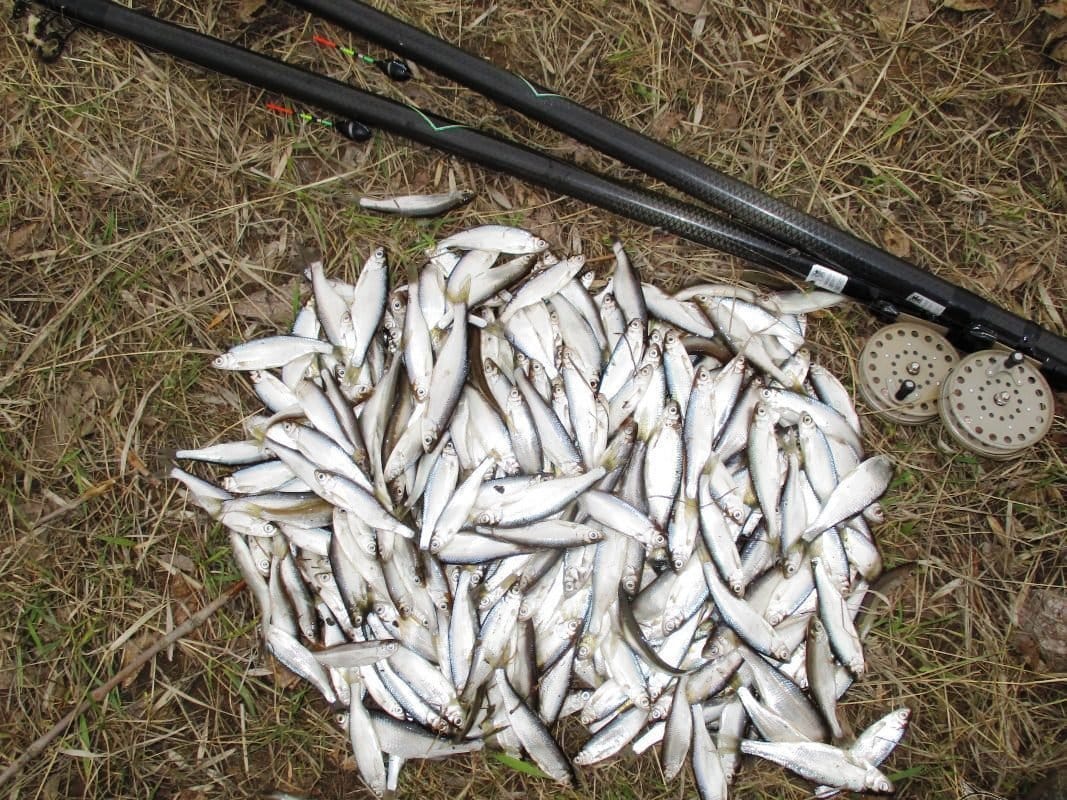It is difficult to find a fisherman who has not encountered flocks of
bleaks floating in the shade of tree branches and sparkling with their silvery scales. Despite the wide habitat, many fishermen consider bleak fishing a stupid activity, but in vain! The methods of catching bleak on a float will attract the attention of even the most fastidious fishermen with their activity and speed of fishing.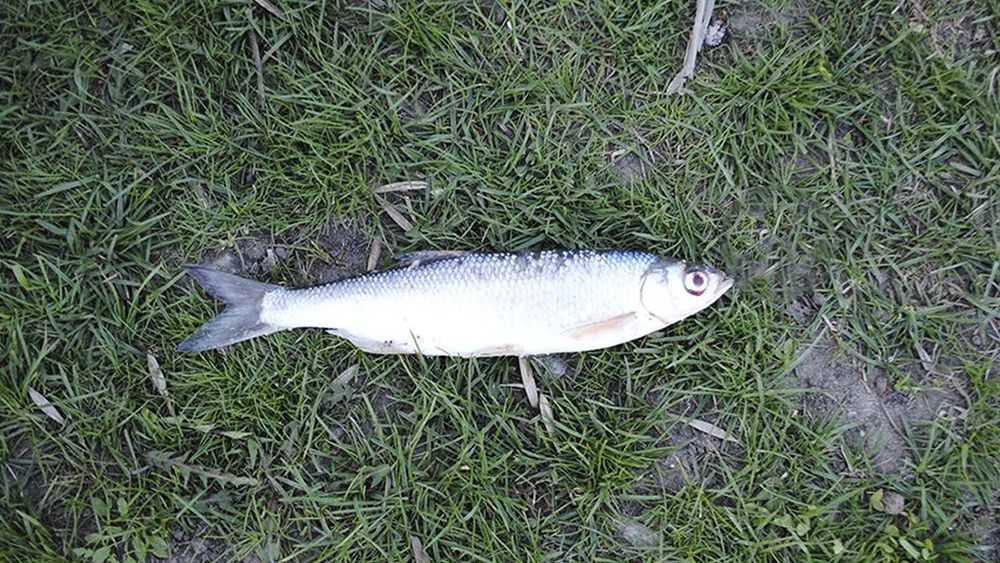
- A short acquaintance with Sebel – description of the species
- Lifestyle where it lives throughout the year by seasons
- Float fishing in spring
- Catching bleak in summer with a float rod
- What bleak does in summer
- Autumn-winter season
- Fishing tricks for catching bleak
- Like live bait
- Interesting Facts
- Поделиться ссылкой:
A short acquaintance with Sebel – description of the species
Glue (sebel,
sebil, chebak, shaklea), as an object of fishing, is mainly of interest to amateurs, since the small size of the fish is not of value for experienced fishermen. Bale is used both as food and as bait for larger predatory fish. Outwardly, bleak is a slender, small and agile fish. The scales are large in size, but thin. Silver scales crumble even when touched. There is an opinion that the name bleak comes from the word “glue” or “pasted over”. If you take the fish in your hands, then the scales will literally remain on your hands. In general, the color of the fish is characteristic – gray with a tint to green. On the back, the scales are darker than on the belly. The bale has an elongated body with compressed sides, large eyes, and dark gray fins. In length, an adult does not exceed 20 cm, the average size is 15 cm.At the same time, the weight of the fish fluctuates around 50 grams. With a small size, the lifespan is 5-6 years. The basis of the diet is flies and bugs that have fallen into the water from tree branches. The diet also contains:
- mosquitoes;
- mayfly;
- roe of small fish;
- dragonfly larvae;
- roach fry;
- phytoplankton.
The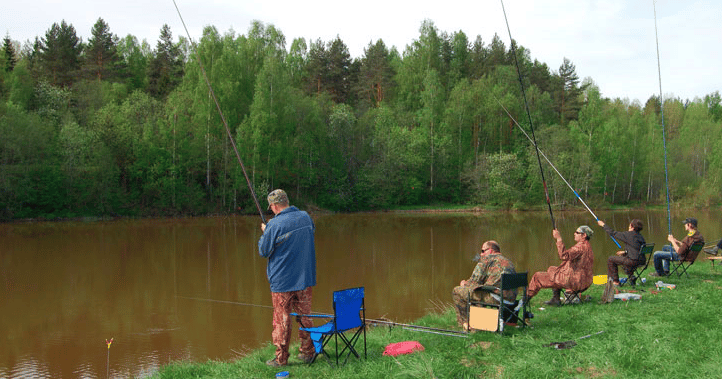
Lifestyle where it lives throughout the year by seasons
Many fishermen neglect to catch bleak due to its small size. However, there is also the opposite opinion. So, for example, at the end of spring fishermen from Belarus boast of 5-8 kilograms of bleak catch, which is not the limit. Moreover, the weight of one fish does not exceed 100 grams. Fishermen get no less excitement due to the fact that the fish move in flocks and therefore the nibble lasts a long time, just have time to pull it out.
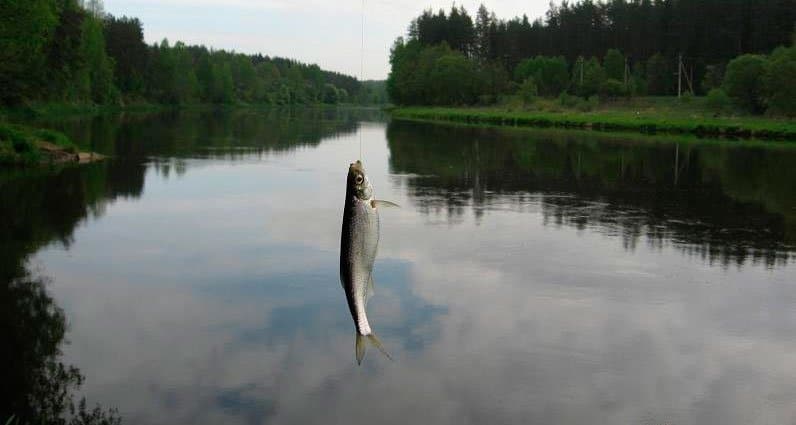
Float fishing in spring
Open the slope fishing season in early spring. Weather conditions are essential for success. The catch of bleak in the amount of a couple of dozen individuals is possible in sunny and calm weather. Since the water is transparent in spring, the tackle should be chosen based on their subtlety. Sloppy and massive gear will not go unnoticed. In the spring, a lightweight
float rod with a length of 5 meters is used. The “feather” float is equipped with two weights, one of which is attached to the end of the float, and the other at a distance of ten centimeters from the hook. Only the top of the float should be visible on the surface of the water. The leash is selected with a thickness of no more than 0.12 mm. Do not use those that are too thin, as they are very easy to tear. The hook is numbered 14-16.
Bloodwormis the best bait.
Catching bleak in summer with a float rod
In summer, bleak fishing reaches its peak. The heat is welcome when fishing for bleak, biting starts at 10 am and continues until the heat subsides. It is allowed to use tackle slightly thicker than in spring, as this will not confuse the fish. A classic float street will do, but it is recommended to choose a tackle that is lighter in weight, since the fish will have to be hooked quickly. Groundbait takes place, but at a moderate pace, sometimes you can throw sand into the water, which also lures flocks. No more than 3 balls of bait are used, while it is important that the current does not carry it away from the place the fisherman needs. For this, clay is added. However, in summer, bait is carried out at will, since if there is bleak in the reservoir, the bite will most likely be active.
What bleak does in summer
Any bait is used at the discretion of the fisherman, however, there may be difficulties with the size. The mouth of the fish is small, more likely, if the fisherman does not have time to hook the fish in time, it will fall off. Therefore, small worms, small bloodworms, maggot are used.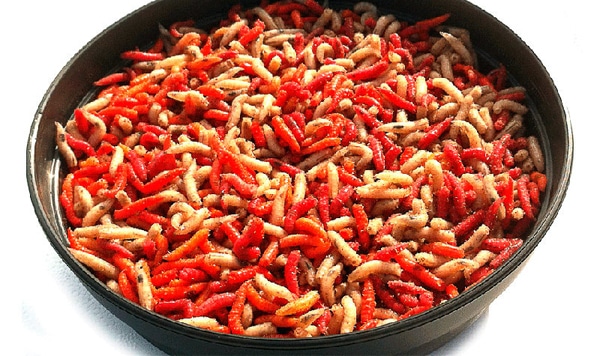
Autumn-winter season
Off-season for fishermen means the onset of changes in the way of life of fish and the ways of catching it. If in the first half of the autumn season (September – October), the biting of the bleak actively continues, then with the onset of the second half of October, fishing will require specific knowledge and skills. Since with the onset of late autumn the fish change the depth of residence and reduce their activity, the difficulty of catching bleak comes down not only to the selection of bait, but also to the search for the fish itself. There is no point in catching sebel in shallow water or open currents during cold weather. Biting is possible at deep points or on ledges washed by the current. As a rule, no closer than 10 meters from the coastline. Tackle for catching bleak in the autumn-winter seasons:
- The rod is at least 5 meters long, with medium power and fast action. Relief rings with high feet are required.
- Line with a section of 0.14 mm, a leash of 0.10 mm and a length of about 25 cm;
- Swivel, the task of which is to exclude twisting of the fishing line.
- Hook number 12 or 14.
- A float that will completely disappear into the water when biting.
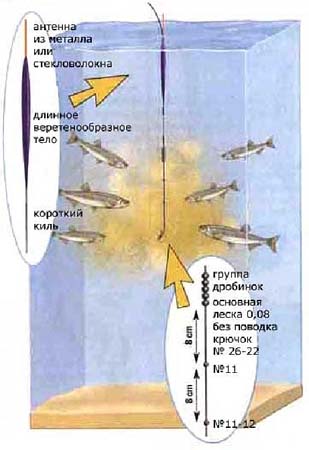
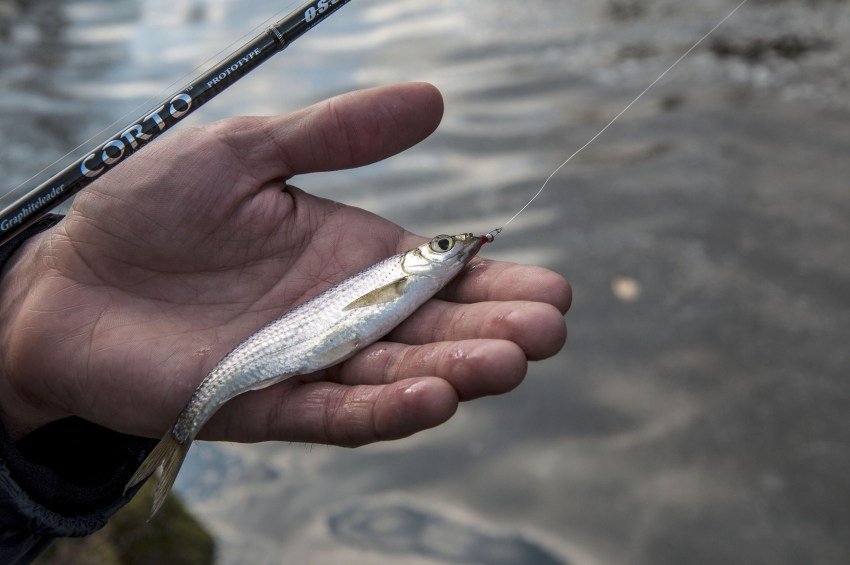
Fishing tricks for catching bleak
Fishing for small nimble fish can be a real pleasure. In most cases, a light and long rod is used. Since the mass of the fish does not exceed 100 grams, thin fishing lines are used to catch it. When choosing a fishing line, it is important to carefully examine its surface for damage. It is important to choose the color of the monofilament to match the color of the water in the pond. Since thin line tends to stretch, it is important to take care of the safety of the hook. The knot is processed with glue, leaving a longer tail of the fishing line. Bread with sand or foam is great as bait. Bleak is one of those fish species that actively peck at inedible bait – foam. At the same time, it bites better in the spring and summer. You can successfully catch bleak on foam balls: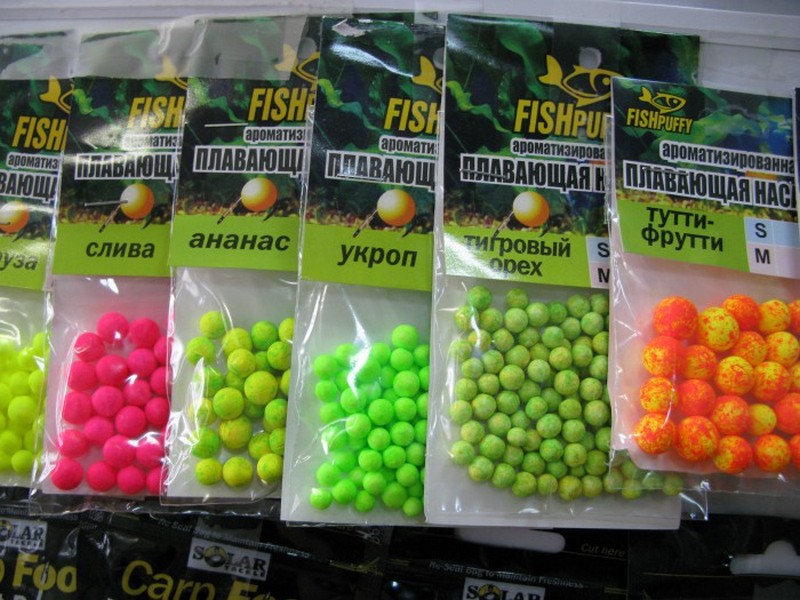
Like live bait
Bale is used not only for food, but also as bait for larger fish. The fish is mounted on a well-sharpened hook. Sebel is used when fishing for pike perch, asp, pike and other predators. In this case, the fish must be planted on the hook alive. The bale is less durable than, for example, a ruff, and therefore difficulties arise with the attachment. The way of the attachment affects the life of the fish. There are 3 ways to add bleak:
- Through the gills . The safest option for the safety of live bait, in which it swims and breathes freely. The loss of live bait is practically excluded. The hook passes through the gills into the mouth.
- For the lip . The puncture occurs on the upper lip. The fish feels calm, but periodically breaks down and the tackle needs to be updated.
- Behind the back . The hook passes through the upper fin without touching the spine.
In all cases, you need to cast live bait without sudden movements, since the flesh of the bleak is very delicate, there is a risk of losing the bait. Also, the hook is periodically raised to check the condition of the live bait.
Interesting Facts
In different parts of Russia, a fish with a similar description has different names. L.P.Sabaneev, a famous scientist-zoologist, in one of his books mentioned about 60 names of this species (chebak, sebel, shakleya and others). At the same time, science identifies only 6 types of bleaks. Because of the love for the upper layers of water, bleak is sometimes called
verkhovka . What is not entirely true, these are many very different fish. Many fishermen prefer to catch bleak on a float because of the sporting interest. Since the fish lives in a flock, the biting that has begun will not end soon. Uklea is a great way to practice your overlap fishing technique.
